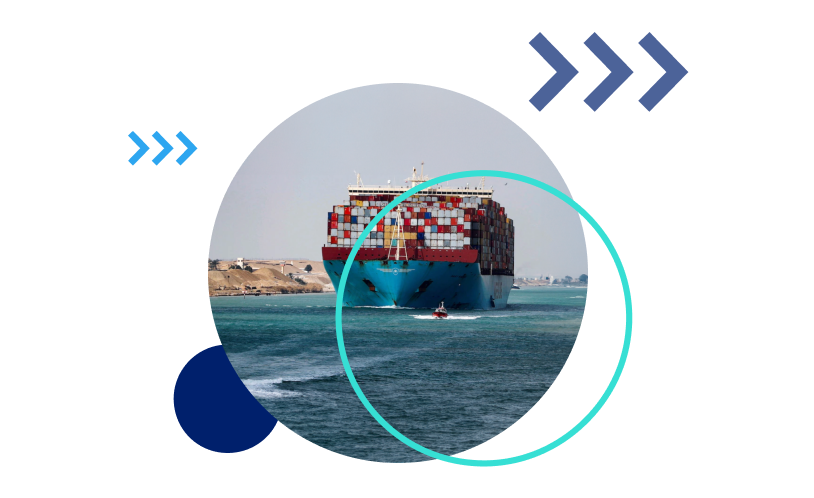Freight Shipping Seasons & Seasonal Freight Trends
Have you ever wondered why prices fluctuate, shipments get delayed, and business operations seem to follow a mysterious rhythm throughout the year? Dive into the world of ocean shipping with us as we demystify the annual cycle. From Lunar New Year’s impact to peak seasons and lulls in activity, we’ll help you understand the ebb and flow of global logistics. Explore this infographic to discover how to plan, adapt, and thrive in the world of shipping, and make the most out of each season.
Understanding the nuances of the shipping calendar empowers you to optimize your logistics, plan ahead, and maintain a competitive edge. Each season brings unique challenges and opportunities, and with this knowledge, you can stay ahead of the curve and navigate the world of ocean shipping with confidence.

Kick off your shipping or get a free quote
January – February: Lunar New Year Impacts
The week-long Lunar New Year holiday in China is usually celebrated in early February, and most factories and businesses close for that week. But the week or so just before and just after the holiday also sees a significant slowdown in manufacturing and logistics, resulting in a rush to get goods shipped before the slowdown and a push to clear the inevitable backlog when businesses reopen.
- Early January: Demand and rates typically start climbing as shippers rush to get shipments moved before the holiday slowdown. No two years are the same, but prices can climb by several hundred dollars per container on increased demand.
- Late January to mid-February: The near shutdown of manufacturing before, during, and just after the Lunar New Year holiday in China means few goods get moved in this period.
- Late February – Early March: As manufacturing starts back up, demand and rates usually remain elevated by shippers pushing to clear the backlog of orders created by the shutdown.
March – June: Quiet Period
Increased activity from the Lunar New Year in early March is followed by a wind down into a quiet season that normally lasts through June.
- Quiet period: A phase of slower business activity and recovery.
- A lull in activity: A period for internal tasks, maintenance, and planning.
- Pre-peak season preparation: Gearing up for the upcoming busy season.
- Optimization and strategic planning: Focus on efficiency, staffing, and strategy.
- Amazon Prime Day planning: Prime Day is typically in July, meaning many Amazon sellers increase orders in May and June.
July – October: Peak Season
The need for inventory in time for the major shopping events of back to school, Halloween, Thanksgiving, and the holidays means that ocean shipping heats up from July through October.
- Climbing rates and volumes: Rates usually start to increase in July, with peak volumes and prices reached in August or September. No two years are the same, but prices can climb by several hundred dollars per container on increased demand. Shippers can also experience delays and longer delivery times.
- Golden Week: This week-long holiday in China starts October 1st and typically causes a slowdown similar to but less disruptive than the Lunar New Year, contributing to higher volumes and rates just before and after the celebration.
- October wind down: Activity and prices usually start to decline in late October or early November as goods not moved yet will likely not arrive in time for the holidays.
November-December: Quiet Period
With peak season behind us, demand and rates usually enter a lull from mid-November through the end of the year, before shippers gear up for Lunar New Year impacts once again in January.
- Year-end lull: Reduced demand from mid-November to December.
- Rate stability: Shipping rates tend to stabilize.
- Planning period: Focus on internal preparations and strategy.
- Lunar New Year prep: Get ready for January disruptions.
Ready to book your shipment?
We got you covered



